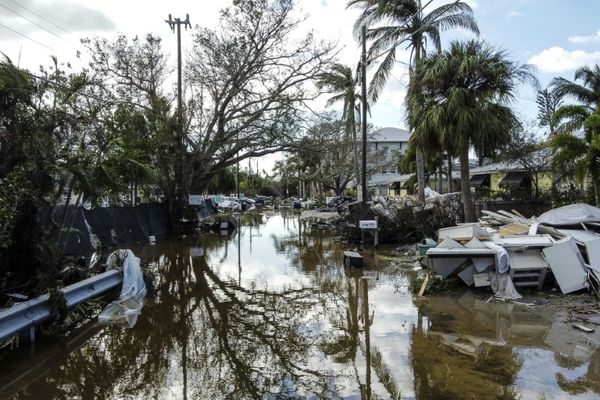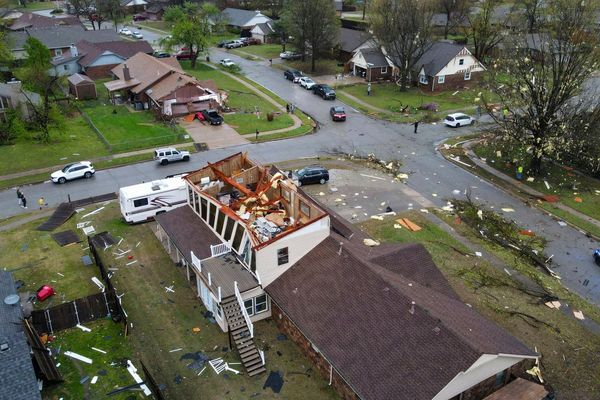So far, 189 out of 543 constituencies have voted in two phases in the Lok Sabha elections. We do not have the overall turnouts in phase 1 and phase 2 as the Election Commission of India (ECI) has not provided updated figures or electors’ information for all the seats that went to the polls in these two phases. But the ECI has provided seat-by-seat voter turnout data. The numbers suggest that turnout has fallen somewhat in both phases compared to the 2019 elections. Overall, voter participation or the turnout rate increased or stayed the same in only 32 of these 189 seats compared to the 2019 elections; the rest have seen a decrease in turnout. In the 2014 elections, 60 seats saw an increased turnout and 129 saw a decreased turnout (Table 1).
Table 1 | The table shows the temperatures and turnouts in seats on the days when polling was held in 2019 and 2024.
Table appears incomplete? Click to remove AMP mode
One of the key reasons propounded for the lower turnout is the ongoing heat wave across many States. The ECI has taken note of the heatwave and is trying to find ways of tackling it. India is a predominantly tropical country with many States, including in the Gangetic plains, the central, western, eastern plains, and the peninsular regions, experiencing a relatively hot summer this year.
Also read: Hot button: On the voter and heat exposure
Did higher day temperatures result in subdued voting across constituencies in India? A look at constituencies in the aforementioned regions (172 seats overall) show that there was an increase in temperature in 118 seats compared to 2019 and a decrease only in 54 seats. In 2014, there was an increase in temperature in 142 seats and a decrease in 30 seats compared to the previous elections.
Table 2 | The table shows the constituency-wise turnouts and temperatures for seats that went to polls in first two phases of the 2024 Lok Sabha election. The table also looks at the difference in turnouts and temperatures in seats that went to polls in 2024 from what was registered in those seats in the 2019 and 2014 elections.
Did the turnout fall because of an increase in temperature across these constituencies? Not necessarily. The correlation between the change in temperature and that of the turnout compared to the 2019 election is almost negligent (0.016) for the seats in the aforementioned region. So is the correlation (-0.048) for corresponding figures in comparison with the 2014 elections (Table 3).
Table 3 | The table shows the correlation between changes in temperature and turnout in the 2014 and 2024 elections and in the 2019 and 2024 elections.
The reasons are not difficult to fathom. In some States such as Chhattisgarh, and to some extent Karnataka, turnouts increased despite the increase in temperature, while in some States such as Rajasthan and Madhya Pradesh, the turnouts decreased despite a decrease in temperature in a number of seats. The lack of uniformity in decrease in turnouts corresponding to increases in temperature and vice-versa has led to little correlation in these two variables (change in temperature versus change in turnout).
When we look at semi-urban and urban seats (largely metropolitan areas), there is a slightly higher and non-zero negative relationship. This means an increase in temperature has coincided marginally with a decrease in turnout. These figures hold true for changes from both the 2014 and 2019 elections. When we consider only urban (metropolitan) seats that have gone to the polls, the relationship gets a bit stronger between higher temperatures and lower turnouts but even then, the correlation coefficient is only -0.3 in the case of differences between the 2014 and 2024 elections and -0.16 corresponding to changes from the figures in 2019.
It is suffice to say that for a section of voters, rising mercury is not the sole reason to stay away from elections. The answers for the relative increase in voting apathy can only emerge from post-poll surveys. But it must be said that both the 2014 and the 2019 elections saw relatively higher voter turnouts compared to earlier elections. That was a consequence of both greater awareness due to the work by the ECI and the fact that a large chunk of the voters turned up to favour the BJP.
srinivasan.vr@thehindu.co.in
Source: Lok Dhaba, IMDLIB
Watch our Data video: Key questions remain unanswered in electoral bonds controversy







